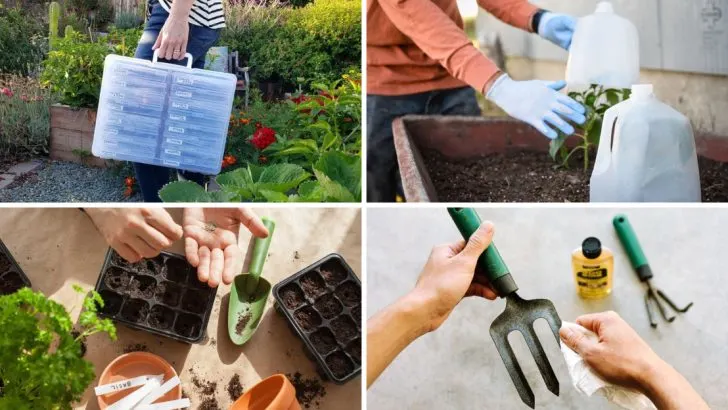Spring may feel far away, but January is the perfect time to lay the groundwork for a healthy and vibrant garden. With a little planning and effort during the winter months, you can ensure your garden is ready to burst into life as soon as the weather warms up.
From cleaning up winter debris to starting seeds indoors, these 10 essential steps will help you prepare your garden for a productive and beautiful spring season. Follow this guide to make the most of your January gardening efforts and set your plants up for success!
Plan Your Spring Layout
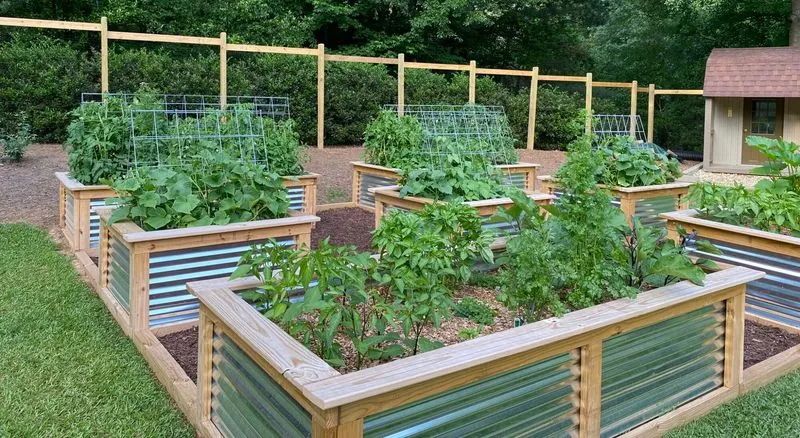
Begin your garden preparations by imagining what you want to see blooming in spring. Take time to sketch a layout, considering where each plant will thrive based on sunlight and space. With a clear plan, you can decide which seeds to buy and start indoors.
Think about color schemes and plant heights to ensure a balanced design. This thoughtful planning phase will help you achieve a cohesive look.
Having a layout in place not only saves time but also makes the planting process more efficient once the weather warms up.
Order Seeds and Supplies
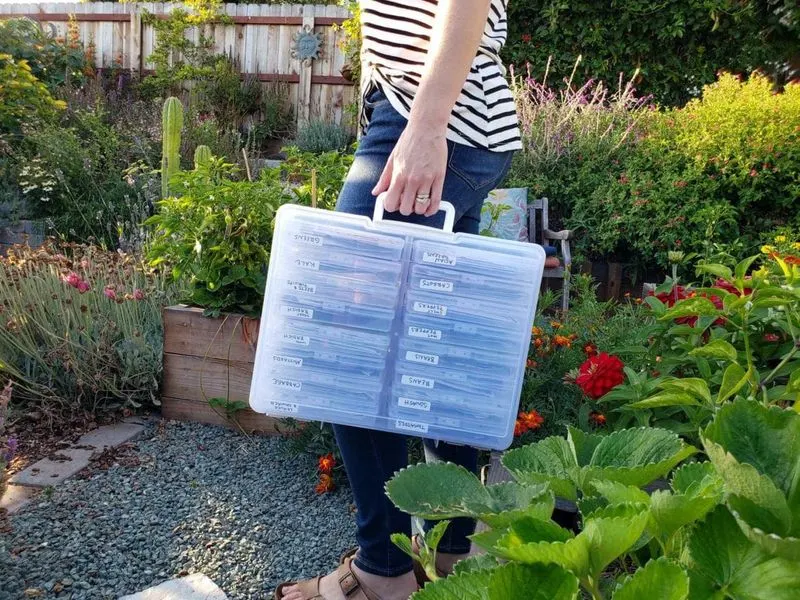
January is the ideal time to order seeds and gardening supplies. Online catalogs offer a great variety to choose from, but popular seeds can sell out quickly. Research reputable suppliers to ensure quality seeds.
Consider heirloom varieties for their unique traits and flavors. Apart from seeds, check your inventory of gardening tools, pots, and fertilizers.
Ordering early gives you access to the best selection and ensures everything arrives in time. This proactive step helps avoid last-minute rushes and ensures your garden is ready to go.
Organize Your Shed
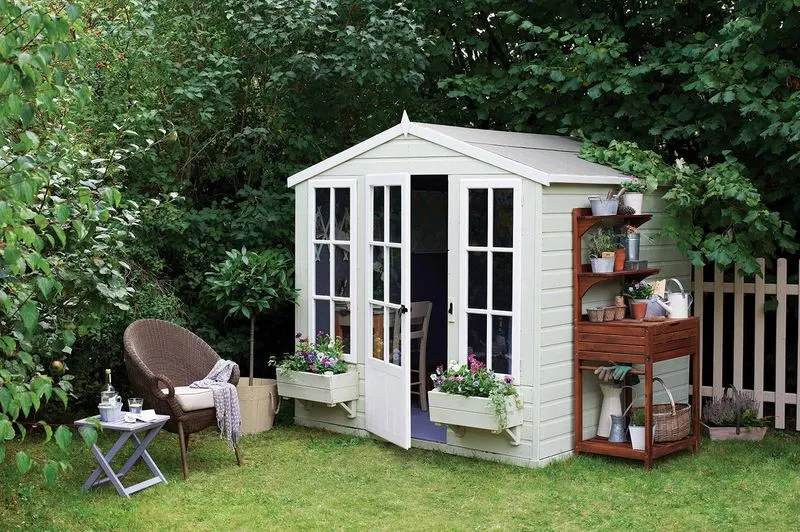
A well-organized shed saves time and reduces frustration when planting season arrives. Start by clearing out old, broken, or unused items. Clean and sharpen tools to make them more efficient and pleasant to use.
Group similar items together, like pots, tools, and fertilizers, for easy access. Use labels and storage bins to keep everything tidy and visible.
This organization transforms your shed into a functional workspace. When spring arrives, you’ll appreciate having a clean, efficient area to work in, making gardening more enjoyable.
Prune Dormant Plants
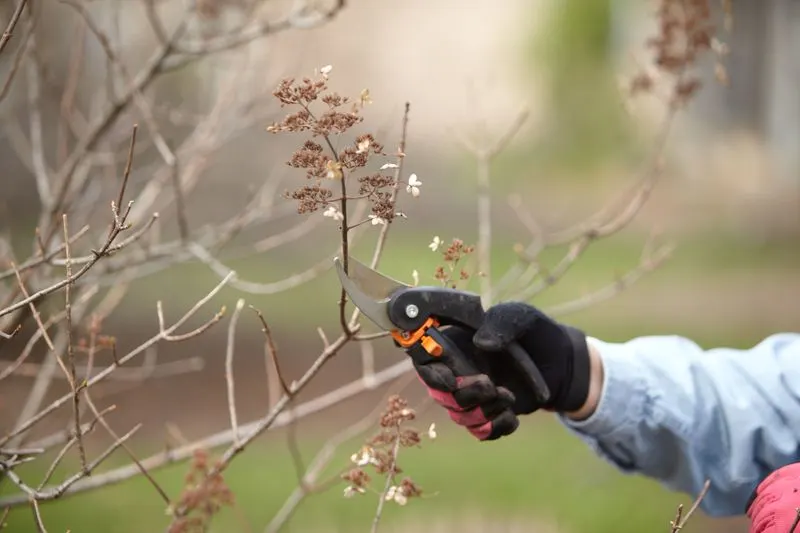
Pruning dormant plants in January encourages healthy growth in spring. Focus on removing dead or diseased branches first. This helps prevent the spread of pathogens and promotes better air circulation.
Prune shrubs and fruit trees to improve shape and remove weak growth. Always use clean, sharp tools to make precise cuts.
This task not only enhances plant health but also boosts their aesthetic appeal. Winter pruning invigorates plants, preparing them for a vibrant display when the temperatures rise.
Revitalize Your Soil
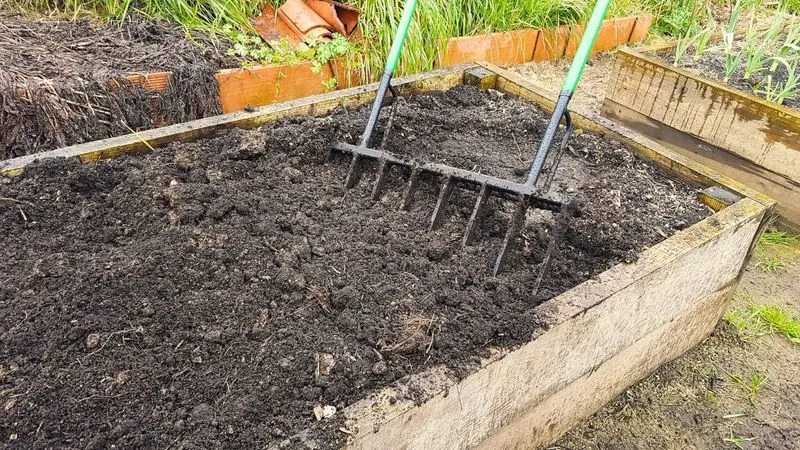
Healthy soil is the cornerstone of a successful garden. In January, take the opportunity to improve its quality by adding organic matter like compost or well-rotted manure. This enriches the soil and boosts nutrient availability.
Test the soil pH and adjust if necessary to suit the plants you plan to grow. Consider incorporating cover crops to prevent erosion and enhance soil structure.
Revitalizing the soil now sets the stage for strong, robust plant growth once spring arrives. Investing time in soil care pays off with bountiful harvests and blooms.
Repair and Clean Tools
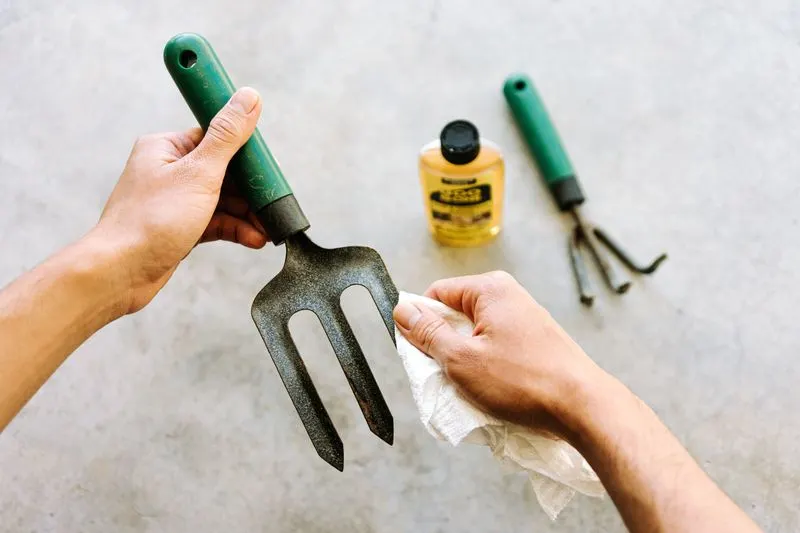
Repairing and cleaning your gardening tools during winter ensures they’re ready for action. Start by scrubbing off dirt and rust from trowels, pruners, and hoes.
Apply a light coat of oil to metal parts to prevent rusting. Check for any repairs that might be needed, like tightening loose screws or replacing worn handles.
Well-maintained tools make gardening tasks easier and more efficient. This simple yet essential step extends the lifespan of your equipment and improves your gardening experience.
Start Indoor Seedlings
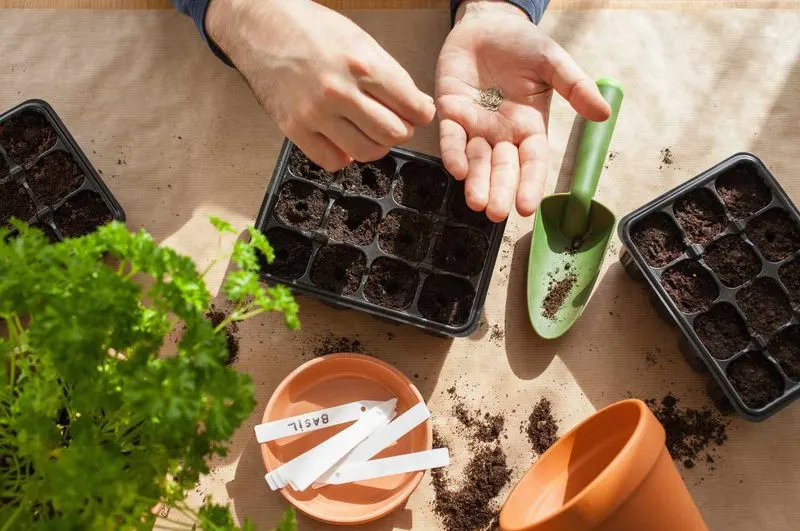
Indoor seed starting gives your plants a head start before outdoor planting. Choose seeds that benefit from early sowing, like tomatoes and peppers.
Use seed trays and a quality potting mix to ensure good germination rates. Provide adequate light, either from a sunny window or grow lights, to keep seedlings healthy.
Starting seeds indoors not only accelerates their growth but also allows you to nurture them in a controlled environment. This early nurturing sets the foundation for strong, resilient plants ready for transplanting.
Protect Delicate Plants
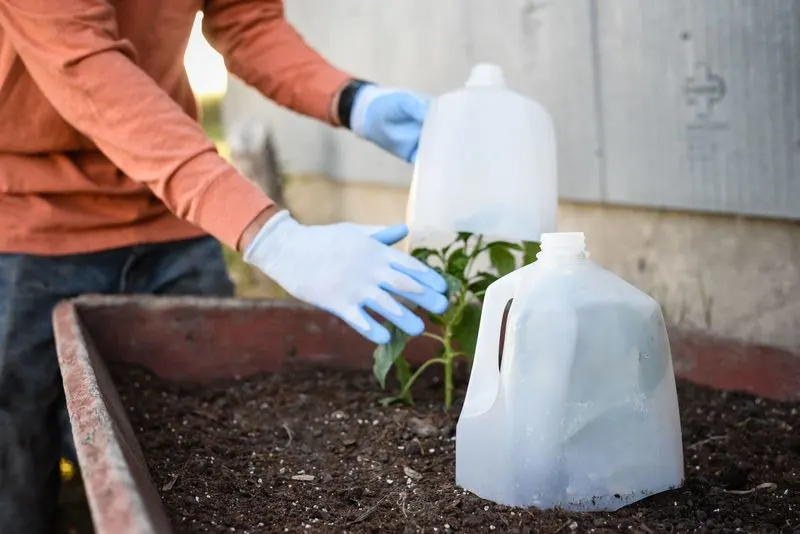
Winter can be harsh on tender plants, so protect them with burlap or frost cloth. These coverings provide insulation against freezing temperatures and harsh winds.
For potted plants, move them to a sheltered location if possible. Keep an eye on the weather forecast and cover plants before frost hits.
This extra layer of care ensures that your delicate plants survive the winter and emerge unscathed as temperatures rise. By protecting them now, you’re securing a healthier garden in spring.
Compost Winter Waste
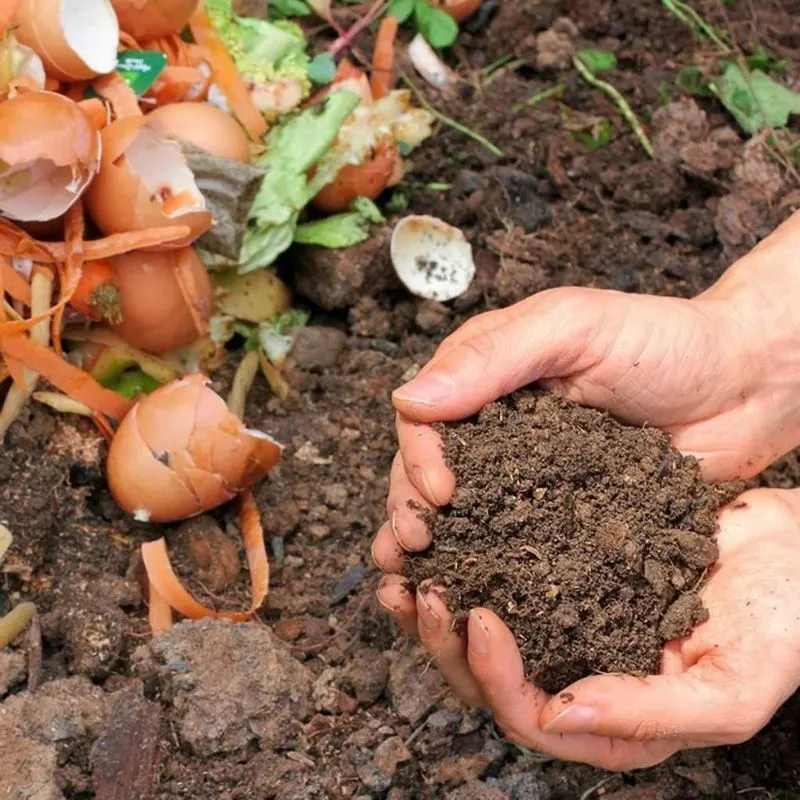
Composting during winter helps reduce household waste and enrich garden soil. Add kitchen scraps and garden debris to your compost pile, making sure to balance green and brown materials.
Turning the pile occasionally helps maintain aeration and speeds up decomposition. If it’s too cold, consider using a compost bin to retain heat.
By composting waste, you’re creating a sustainable cycle that benefits your garden. Come spring, this nutrient-rich compost will offer a boost to your soil, promoting healthier plant growth.
Plan Crop Rotation
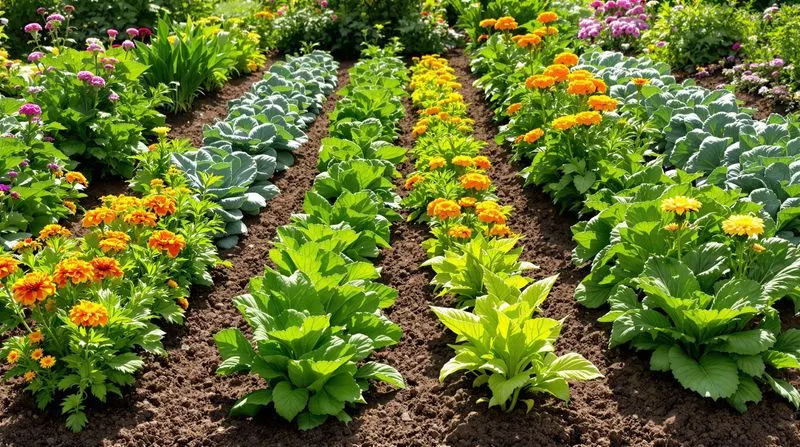
Crop rotation is essential for preventing soil depletion and managing pests. Plan which vegetables will go where to ensure a balanced nutrient uptake in each plot.
Rotate families of plants, such as following legumes with brassicas, to maintain soil fertility. Document your plans to track changes and successes over the years.
Thoughtful crop rotation maximizes yields and promotes healthier plants. This planning phase ensures your garden remains productive and sustainable, maintaining its vitality season after season.

